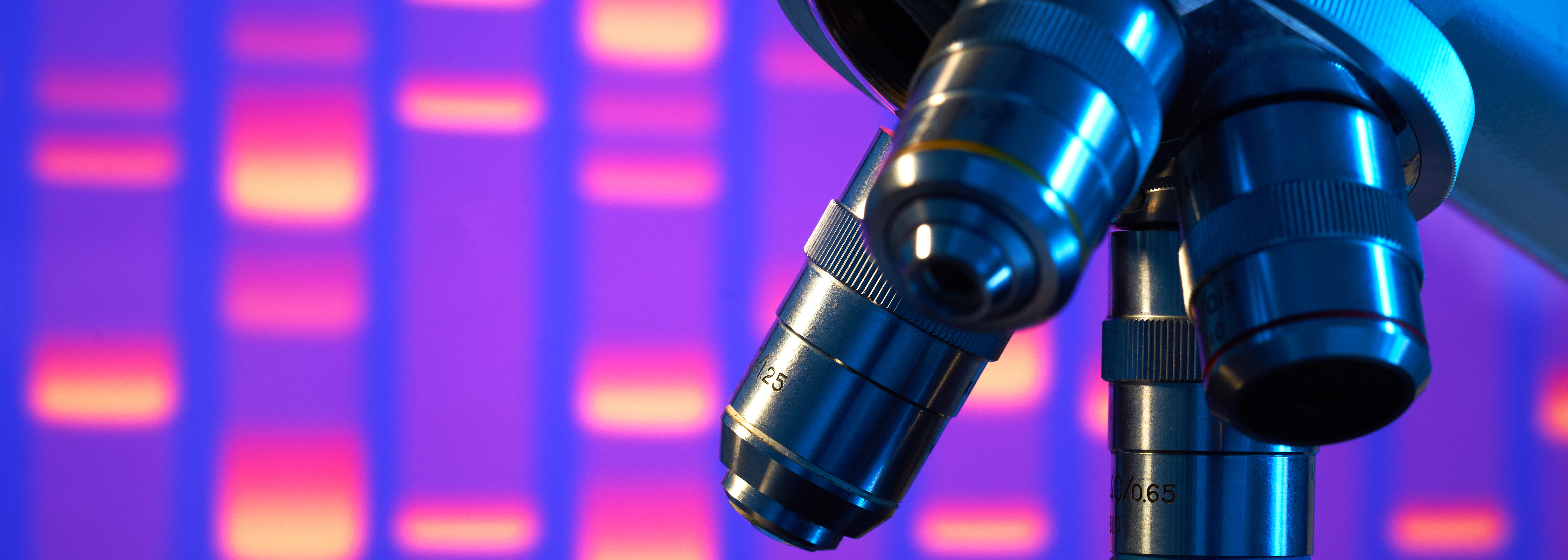Current Research Projects
Frailty assessment tools in mice
Frailty is highly prevalent in the elderly, increasing the risk of poor outcomes that include falls, incident disability, hospitalization, and mortality. Thus, a great need exists to characterize the underlying mechanisms and ultimately identify strategies that prevent, delay, and even reverse frailty.
Dr. Thompson’s research team pioneered the measurement of frailty with a “frailty index” in aging mice, a major advance that will help translate scientific discoveries in aging research into meaning clinical interventions.
The Skeletal Muscle Physiology lab is further developing the mouse frailty index and using the strategies to predict poor health outcomes in mice. The frailty index is being used to provide insight into physiologic mechanisms underlying frailty.
Identifying the mechanisms underlying muscle dysfunction with aging
Sarcopenia is characterized by the complete loss of muscle fibers; atrophy and weakening of remaining muscle fibers; and degeneration of neuromuscular junctions. Age-related loss of muscle mass and function is found in all vertebrates; however, our understanding of the molecular and cellular basis of sarcopenia is still poorly understood.
Dr. Thompson’s research team was one of the first to fully characterize age-related changes in contractility by muscle-type and single-fiber type, to demonstrate age-related changes in protein structure and function, to identify protein expressions alterations, and to show it is possible to reverse age-related muscle dysfunction.
The Skeletal Muscle Physiology lab seeks to reveal the role of protein translation of key muscle proteins with age.
The role of senescence in age-related muscle weakness
While cellular senescence is widely believed to play some role in aging and in many of the diseases associated with aging, there has been little interest in the possibility that senescence could play a role in sarcopenia. In fact, skeletal muscle fibers are terminally differentiated post-mitotic cells. Interestingly, there are other cell types (e.g., fibroblasts, endothelial cells, and adipocytes), which are known to accumulate in muscle tissue with age, and have been shown to exhibit senescence. Hence, it is possible that these cell types within skeletal muscle tissue trigger an inflammatory response leading to muscle contractility dysfunction.
The Skeletal Muscle Physiology lab is investigating biomarkers of senescence within skeletal muscle.
Join us
Multiple training positions in skeletal muscle research are available on our research team. Postdoctoral, Ph.D. students, and undergraduates interested in working with the Skeletal Muscle Physiology Lab should contact Dr. LaDora V. Thompson directly at lvthomp@bu.edu.
